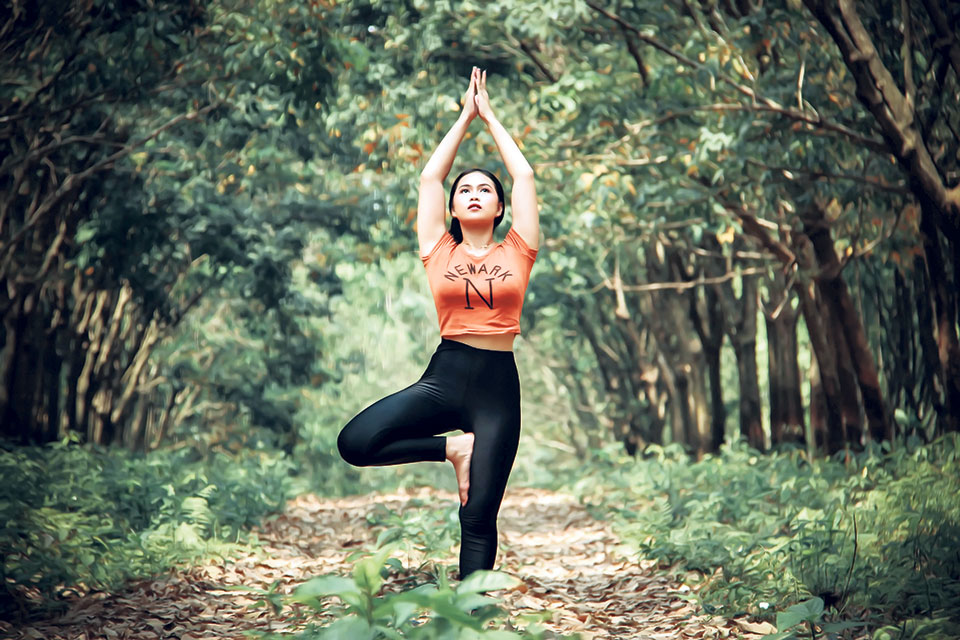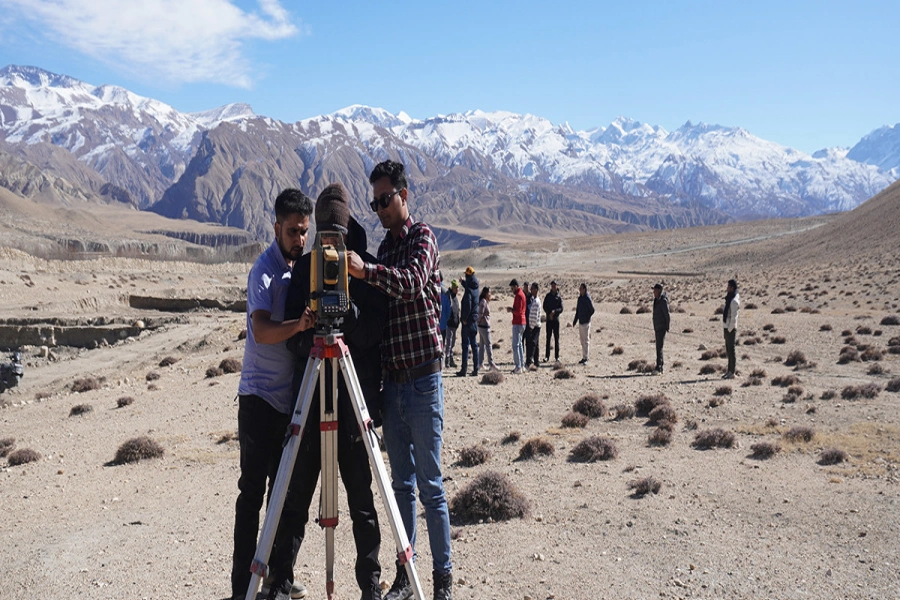Many people—even ones who exercise regularly—often overlook the advantages of increasing their flexibility. Flexibility—alongside cardiovascular activities and strength—is one of the six pillars of fitness. (The other three are nutrition, rest and meditation.) Being more flexible can improve your balance and stability, reduce your chances of being heavily injured (even after a serious accident) and prevent arthritis in the long run. Additionally, flexible muscles are also the ones that get stronger quicker and help you exercise more effectively. Here are some tips that will help you improve your flexibility.
Do flexibility exercises at the right time and be consistent with it
You don’t have to spend hours doing flexibility exercises—just mere 10 to 15 minutes a day will suffice. But you have to be consistent at it. Doing these exercises every day or five to six days a week is a must. Also, it is best if you complete these exercises before you start your workout because it preps your body for the intensive workout session ahead. As flexibility exercises work best when your muscles are loose and warm, try walking or just jumping around to your favorite upbeat tracks for 10 to 15 minutes before you start them.
Land transaction slumps despite NRB adopting flexible policy

Be more specific about your goals
Before you begin working on building your flexibility, know why you suddenly want to be more flexible. Is it because being inflexible is affecting your daily activities or is it just because everyone else around you is always raving about being more flexible? Many people are just naturally flexible enough so if you’re one of those people and you’re not a gymnast or a dancer, chances are you don’t really need to be more flexible.
But if you seriously do want to work on your flexibility, then it’s best you start by doing a few flexibility check up exercises to gauge which parts of your body are (more) inflexible. You have to tune into your body and be very mindful during this check up and try out a bunch of positions to know which body part seem to be very rigid and hurt a lot while stretching. After that, search for flexibility exercises that target those particular areas and include them into your regular flexibility routine.
Stretching is the way to go
Stretching is the most popular and effective way to become more flexible. It extends and contracts your muscles the right way making you more flexible. There is a common misconception about stretching being painful when in reality stretching exercises are generally meant to be super relaxing. Because you can’t go from being stiff as a wooden board to being super flexible in a single day, you shouldn’t stress your muscles to the point that stretching is actually painful in a single sitting. This can result in cramps and some serious damage to your muscles overtime. Instead, ease into your stretching position and only push your body a little bit every day.
Do either yoga or Surya Namaskar regularly
Another great way to improve your flexibility is by doing yoga regularly. Generally, during most yoga classes or sessions, your body goes through all sorts of motions so your muscles stretch and contract all the time. Yoga challenges your body to go deep into poses—most of which stretch and strengthen your muscles. Yoga sessions are also very relaxing and soothing so you are less likely to hurt your muscles than you would while stretching.
Not only is the Surya Namaskar a great way to combine cardio, leg and butt workout in one but it can also improve your flexibility if you do enough reps of it regularly. Again, like other yoga asanas, Surya Namaskar stretches muscles all over your body and, over time, it will definitely make you more flexible.
Wiggle around in your poses
A lot of flexibility exercises—especially stretching—focuses mostly on getting your body to pose a certain way and holding that pose for some time. Although this is pretty effective in the long term, something that can make you more flexible relatively quicker is moving around a little during that pose. After you hold your pose for 30 seconds to a minute, try moving your body—only parts other than the one that particular exercise or pose is targeting—a little. This will help you ease into the stretch or the pose and sharpen your muscle memory (regarding that particular pose).
Relax and focus on your breathing
Like we mentioned earlier, the flexibility exercises you do will be more effective if your body is relaxed and it eases into a pose or a stretch. So, instead of pushing your body into stretching beyond its limits, relax your body and only stretch as far as you can without hurting or tightening your muscles. Take deep and long breaths and focus on your breathing. Listening to your own deep inhales and exhales will further relax both your mind and your body and strengthen your muscles so that they can endure stretching a little bit more (without hurting).







































